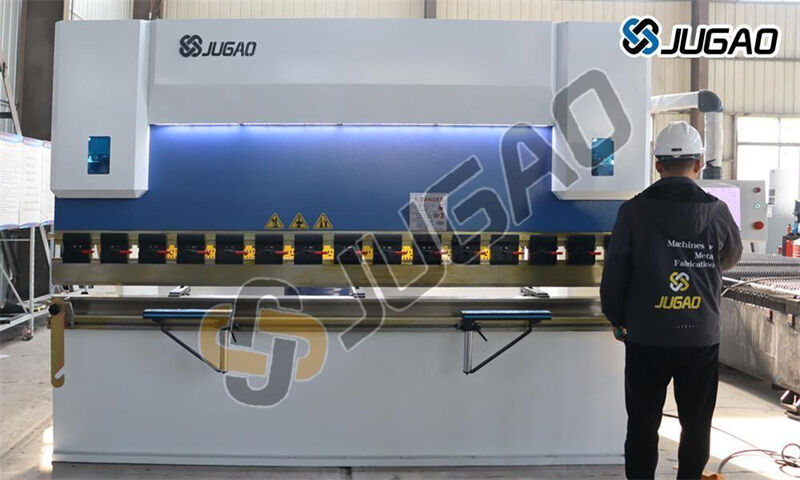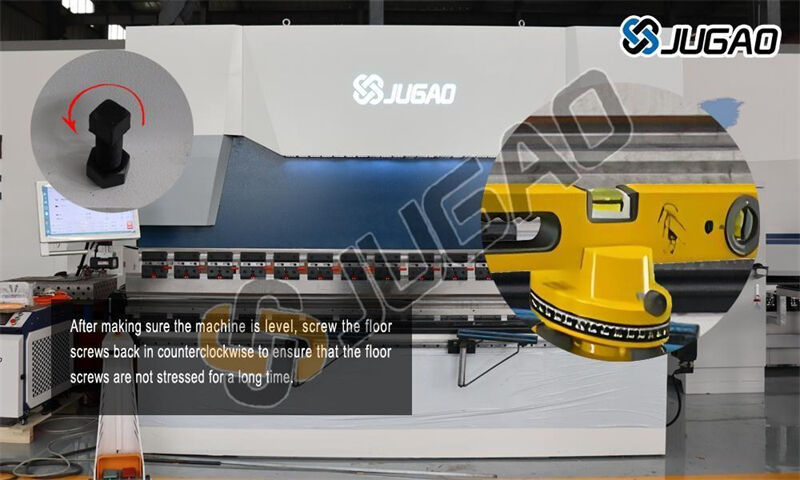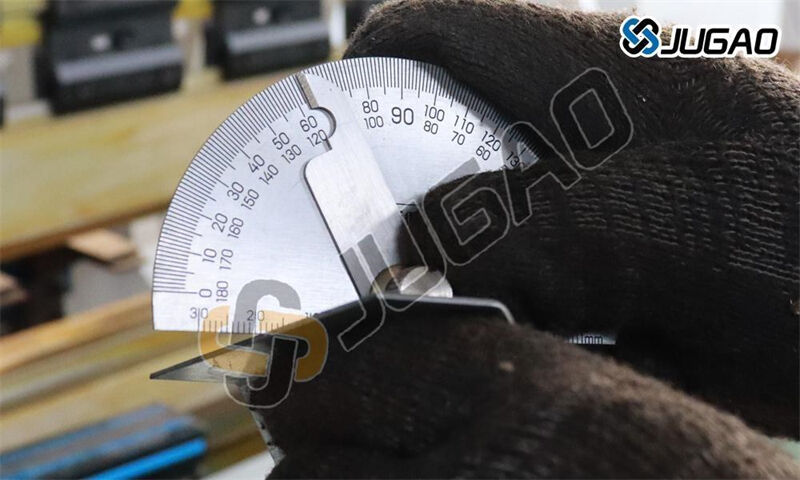Master the leveling technology of bending machines: the key step to achieve high-precision bending Why leveling is so important for bending accuracy
In the field of sheet metal processing, the leveling of bending machines is the basic link to ensure processing accuracy. An unleveled bending machine will not only cause product size deviation and angle inconsistency, but may also accelerate machine wear and even cause safety hazards. After precise leveling, the bending machine can ensure:
Even distribution of material force
Highly consistent bending angle
Precise product size
Extend equipment service life
Improve operational safety

Professional leveling operation guide
1. Basic preparation
Before starting leveling, you must ensure:
The equipment is completely powered off and all safety devices are in place
The work surface is clean and free of debris
Prepare a high-precision level (recommended 0.02mm/m accuracy)
Prepare leveling gasket sets of different thicknesses
2. Foundation inspection and treatment
Use a laser level to check the foundation for equipment installation, with the following requirements:
The foundation load-bearing capacity must reach 1.5 times the weight of the equipment
The level deviation does not exceed 0.1mm/m
If unevenness is found, the foundation must be corrected first
3. Precision leveling process
1. Preliminary inspection: Place the level meter at multiple locations on the workbench and record the data at each point

2. Adjust the feet: Prioritize adjusting the leveling feet that come standard with the equipment
3. Shim compensation: For areas where the feet cannot be adjusted, use stainless steel shims for fine-tuning
4. Secondary verification: Use diagonal measurement to ensure overall levelness
5. Fix and fix:Use a torque wrench to tighten the fixing bolts to the specified torque

4. Verification and testing
After leveling is completed, the following must be done:
Static retest: recheck the level after an interval of 1 hour
Dynamic test: perform actual bending test
Sample test: use a three-coordinate measuring machine to check the accuracy of the test piece

Advanced leveling techniques
For large bending machines, it is recommended to:
Use an electronic level with professional leveling software
Perform final leveling after the equipment is preheated
Consider the impact of workshop temperature changes on the equipment
Establish a leveling data record file
Maintenance specifications
To ensure long-term accuracy, the following should be established:
Weekly quick inspection system
Monthly comprehensive inspection plan
Quarterly professional calibration
Instant re-inspection after environmental changes
Solutions to common problems
Problem 1: Inconsistent bending angles still occur after leveling
Check mold wear
Confirm hydraulic system pressure balance
Check slide parallelism
Problem 2: Levelness changes after equipment has been used for a period of time
Check foundation settlement
Confirm whether the anchor bolts are loose
Consider temperature deformation factors
Through this systematic leveling method, operators can ensure that the bending machine is always in the best working condition, providing a solid foundation for high-quality production. Remember, accurate leveling is not only the first step in equipment installation, but also the key to ensuring long-term processing accuracy.


















































